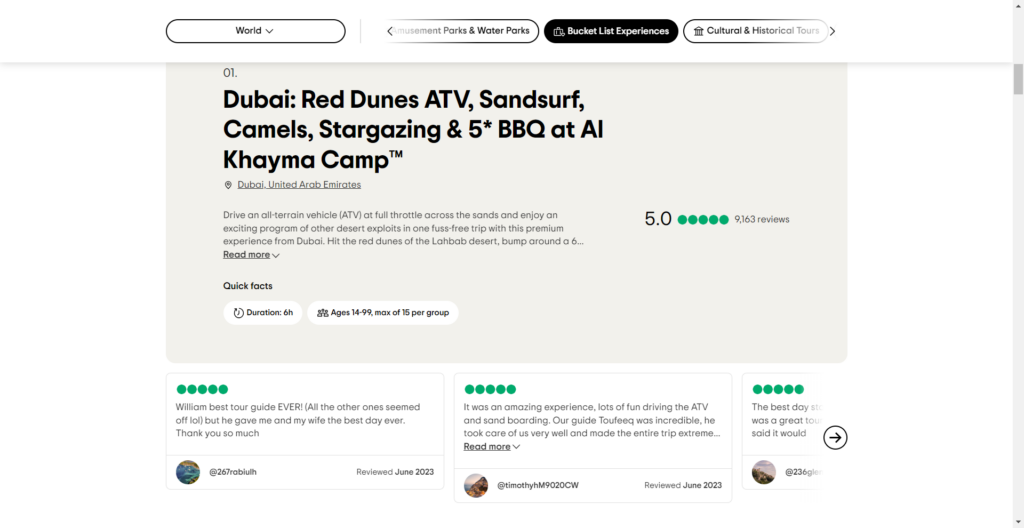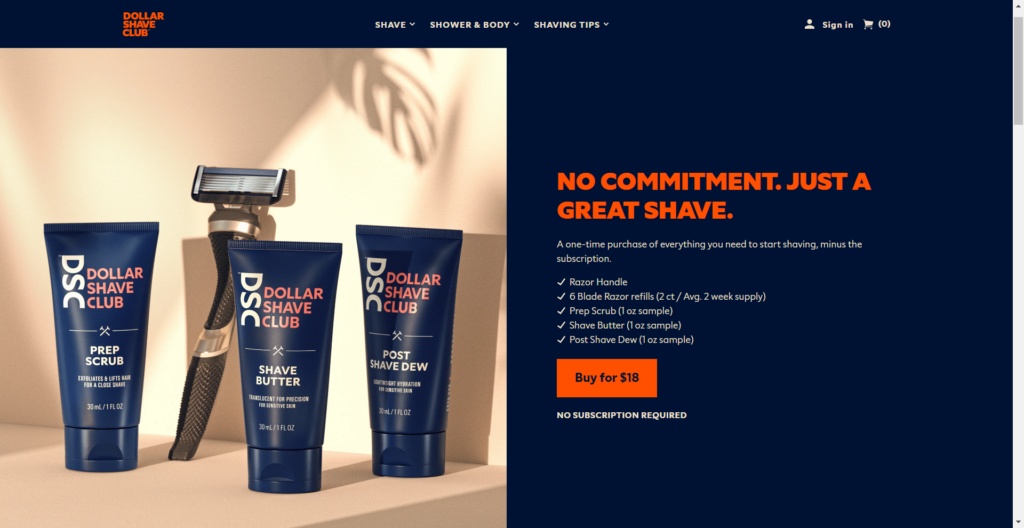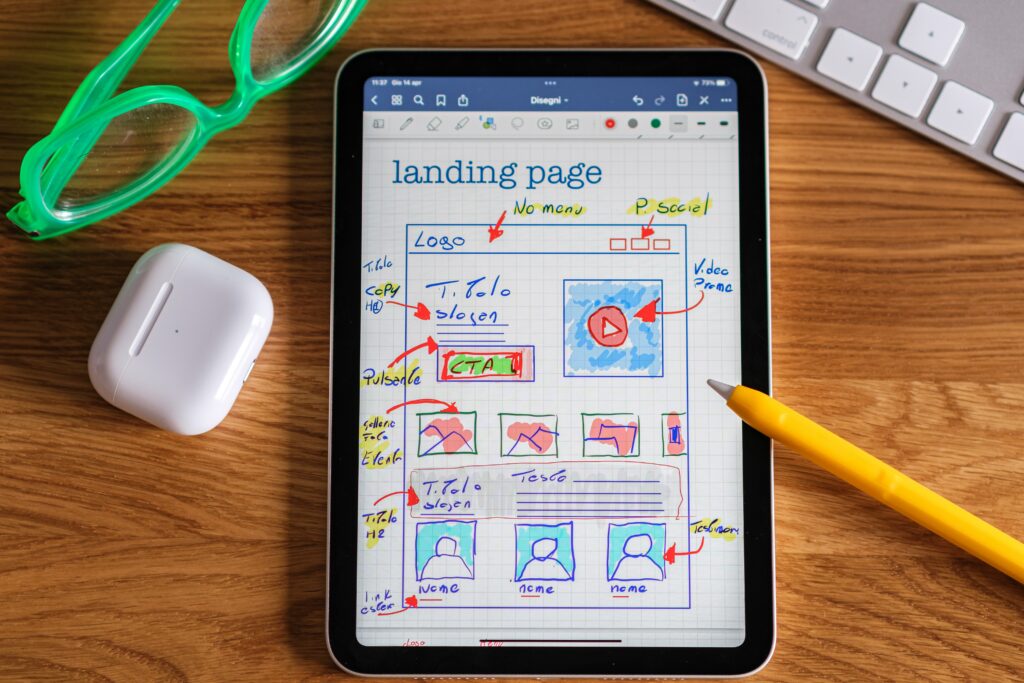
When you want to buy something, you seldom directly opt for an unknown brand or a new shopping portal you’ve only heard of. This is because you are driven to trust the brands or e-commerce portals, or a particular offline store based on your previous experience. You feel connected because somehow you find items that align with your interests and preferences.
In offline stores, one can say it largely depends on the relationship building of the owners and the shoppers. When it comes to online shopping, there is no face-to-face meeting. Yet, your favorite brands know what you like and recommend products you will likely purchase sooner or later.
This is no magic. Say hello to recommendation systems, one of the most frequently used machine learning techniques.
What are recommendation systems?
Recommendation systems are advanced data filtering systems powered by AI, recommending the most relevant item to a particular customer or user. It uses behavioral data and machine learning algorithms to predict the most relevant content or services for customers.
For instance, when you watch a web series or a movie on Netflix, you will see recommendations for shows and movies of similar genres. Netflix uses recommendation systems to analyze your watching preferences and browsing activities to suggest relevant content.
Doing this helps reduce users’ time to browse through thousands of contents to find a new show or movie to watch.
Recommendation Systems: The Science Behind It
A recommendation system is an algorithm that uses big data to suggest relevant products and services to users. Since big data fuels recommendations, the inputs required for model training are crucial.
It can work on various types of data depending on your business goals. For example, it can be based on user demographic data, past behavior, purchase habits, interactions with your product or website, and even search history. Recommendation systems analyze the data to identify patterns and then make suggestions for products most likely to appeal to the users.
For instance, on Amazon, you will discover related products on the homepage, upon adding items to your cart, reviewing a particular product, or completing a purchase. There is always a recommended list of items that align with your past purchase and overall browsing patterns.
Recommendation systems can offer personalized experiences to customers by providing relevant recommendations on various topics. They also help businesses increase customer engagement and loyalty by recommending related items and services.
Why use Recommendation Systems?
An essential component of recommendation engine algorithms is filtering based on different aspects. The recommender function gathers information about the user and predicts the most relevant product. For example, they predict user ratings and preferences based on recurring actions.
Recommendation system models are crucial in helping us have a hassle-free and seamless user experience. It also helps expose more inventory or content that we might not discover otherwise amidst the enormous volumes of data. There are many uses for recommendation engines:
- Personalized content: Improves the on-site experience by creating dynamic recommendations for a diverse audience.
- Better search experience: Categorizes products based on their features.
- Increased sales: Recommends products to customers based on their purchase history, allowing them to make more informed decisions.
- Re-engagement strategies: Helps bring users back by suggesting relevant items or services they may be interested in.
- Cross-selling and up-selling opportunities: Identifies complementary items that customers may have yet to consider or be aware of.
- Collecting valuable customer data: Generates useful insights into user behavior and preferences.
- Optimizing marketing campaigns: Analyzes customer data to refine targeted promotions and campaigns to drive higher conversion rates.
Product recommendations on online shopping apps, social media news feeds, and Google ads are examples of recommendation systems in our day-to-day life.
Engineering Behind Recommendation Systems
Recommender Systems (RSs) are advanced software tools and techniques that recommend products to a user that they find useful. The recommendations involve different decision-making processes, like things to buy, music to listen to, or online news to read.
The four clearly defined, logical steps of a recommendation system are:
1. Data Collection
The first and most crucial stage in developing a recommendation engine is obtaining the appropriate data for each user. There are two kinds of data:
- Explicit data is information gathered from user inputs like product ratings, reviews, likes, and dislikes.
- Implicit data comprises details obtained from user behaviors such as web searches, clicks, cart actions, search logs, and order histories
Since each user’s data profile will change over time to become more distinctive, it is also essential to gather consumer characteristic information like
| Demographics (age, gender) | User demographics refer to the various characteristics of individuals, such as age, gender, income, education level, location, and cultural background. In recommendation systems, user demographics can be used to personalize recommendations and improve user experience. In addition, it encourages engagement and loyalty to drive more business. |
| Psychographics (interests, value) | Psychometrics is the scientific study of human mental processes and behavior and can be used to develop more accurate user recommendations. By tailoring recommendations based on personality, interests, and behavior, companies can increase users’ likelihood of engaging with products or services. |
| Feature Information (genre, object type) | Feature information such as genre, object type, and keywords can also be used to personalize recommendations. By leveraging these characteristics, companies can create more targeted and relevant content for their users. For example, an online clothing retailer could use feature information to suggest items based on a user’s style preferences or the season. |
| Contextual Information (time of day, location) | Contextual information such as time of day, weather conditions, and location can be used to determine what content is most appropriate for each individual at any given moment. For instance, if a user is located in a city that experiences hot summers and cold winters may be prompted with seasonal items or activities suitable for the local climate. |
2. Data Storage
Data storage is essential for any business as it allows them to store and access customer information. By monitoring user data, a business can gain insights into its target audience, including purchasing habits and preferences.
There needs to be enough scalable storage as you gather more data. Depending on the data you gather, you have various storage options, including NoSQL, a regular SQL database, MongoDB, and AWS.
Considerations for selecting the best storage alternatives for Big Data include portability, integration, data storage space, and ease of implementation.
3. Data Analysis
Data analysis is required to provide prompt recommendations. Therefore, the data must be probed and examined. Data analysis techniques that are most frequently used include:
- Real-time analysis involves the system using tools to assess and analyze events as they are happening. Then, when we wish to make prompt recommendations, this strategy is typically used.
- Batch analysis is a method for routinely processing and evaluating data. When we wish to send emails with recommendations, this strategy is typically used.
- A near-real-time analysis is practical when you do not immediately require the data. It allows you to process and analyze the data in minutes rather than seconds. The main application of the strategy is when we offer suggestions to users while they are still on the website.
4. Data Filtering
The data must be appropriately filtered after analysis to produce insightful recommendations. During filtration, Big Data is subjected to various matrices, mathematical algorithms, and rules for the best suggestion. The recommendations that result from this filtering depend on the algorithm you choose.
| Recommendation engines rely on understanding relationships. Relationships give recommender systems a wealth of information and a thorough knowledge of their clients. Three different kinds typically exist: User to product: When specific users have a preference or affinity for particular goods they need, there is a user-product relationship User to user: Users with comparable preferences for a given good or service form user-user relationships Product to user: Product-product relationships develop when two products are similar, whether through description or appearance. These are then shared with an interested user |
How do Recommendation Engines Gather Data?
Recommendation engines gather data based on the following:
- User Behavior: Information regarding user interaction with a product can be gleaned from user behavior data. Rating clicks and purchase history can all be used to gather it.
- User Demographics: Users’ data, such as their age, education, income, and location, are tied to their demographic data.
- Product Attributes: Information about a product’s attributes includes information on the product itself, such as the genre of a book, the movie actors, or the cuisine of a dish.
Challenges and Advantages of Using Recommendation Systems
Challenges:
Implementing a recommendation system is rather complicated. The key challenges are:
- Data Collection and Integration: The first challenge is collecting data from various sources, such as customer profiles, product catalogs, purchase histories, social media accounts, etc., and then integrating the data into a unified format for the recommendation engine. The process can be time-consuming and labor-intensive.
- Algorithms: Choosing the right algorithms for your recommendation engine is also challenging since you need to build an algorithm that understands user preferences and makes accurate predictions based on those preferences. Additionally, new algorithms must be implemented as customer preferences change over time.
- Accuracy: Once you have chosen the best algorithms for your purposes, it can still be difficult to ensure accuracy in the system’s output. This becomes even more difficult as the amount of data increases.
- Scalability: As your business grows, so does the volume of data, and it can be difficult to ensure that your recommendation engine can handle these large volumes of data without a performance decrease.
- Data Storage: Storing all of the necessary data requires considerable space and resources. Additionally, the data must be kept up-to-date to ensure the system’s output accuracy.
- Privacy and Security: Customers may be concerned about privacy when they share their personal information with a recommendation engine. It is important to have a strong security measure that protects customer data and prevents unauthorized access or use for malicious purposes.
Despite the steep implementation curve, companies continue to rely heavily on recommendation systems. This is because user recommendations have a very strong influence on user purchase decisions. The TWO major advantages of using a recommendation system will always outweigh all the challenges.
Advantages:
- Deliver Personalized and Relevant Content
Recommendation systems enable brands to customize the customer experience by identifying and suggesting items that may pique the customer’s interest. Additionally, the recommendation engine allows you to analyze the customer’s previous browsing history and current website usage. With the help of these real-time data, brands can deliver the most relevant product recommendation.
For instance, Instagram often suggests pages or brands you might want to start following based on your preferences. Similarly, based on the kind of reels you watch, Instagram keeps suggesting new ones. This keeps the addiction on as you continue scrolling through new recommendations you can’t deny liking. It boosts engagement via personalized content recommendations.
- Increase Sales and Average Order Value
You can significantly enhance your revenue and average order value (AOV) by bringing in more website visitors by adding recommended products.
A recommendation system enables users to drive more conversions and deliver a high level of relevance that will boost sales. It exposes the customers to more products they are more likely to purchase.
You can add multiple data sets to your recommendation algorithm using a recommendation engine. The data sets will help provide recommendations in real time.
For instance, when looking at a product on Amazon, you will always find two sections back-to-back – customers who viewed this have also viewed it, and customers who bought this also bought. These two sections will push you to consider different products that go well with the product you are trying to buy.
Let’s say you are looking for a channel file on Amazon and have zeroed in on one of the options. As you scroll down to read more about its features and look at a comparative table (which Amazon always adds to propel better decision-making, ideally for the more priced product), you will come across two sections like this:
Now, offline stores will call this push selling. This is exactly what Amazon is doing here. Recommending similar or related products often triggers human brains to explore those products and probably buy or add them to the cart. Towards the end of the purchase cycle, the order value automatically goes up from what it was when the cycle started.
Filtering Algorithms Marketers Must Understand
| To put a recommendation engine into proper functioning, marketers must also understand the algorithms that make up this system. Three major types of filtering algorithms are at play: Collaborative filtering content-based filtering Hybrid System |
Collaborative Filtering
Collaborative filtering gathers information regarding customers’ activities or preferences to predict user interest. It is usually acknowledged based on their similarities with other users who might have the same preference. Similar customers are found using customer characteristics like demographics and psychographics.
E-commerce platforms like Amazon and Myntra are pioneers in effectively implementing collaborative filtering.
It works by gathering preferences from each user to determine a Customer X Product Matrix.
It is also known as the matrix factorization method and can be used to determine how similar user evaluations or interactions are.
For example, according to the straightforward user-item matrix, Ted and Carol bought products B and C. Bob also searched for product B. Matrix factorization determines that users who enjoyed B also like C, making C a potential recommendation for Bob.
Collaborative filtering is divided as follows:
| User-item collaborative filtering | Like-minded customers are spotted based on similar rating patterns. It is a method for recommending products based on ratings from other users. |
| Item-item collaborative filtering | Similarities between multiple items are calculated. A recommendation approach that looks for comparable products based on the things consumers have already shown interest in or interact with. |
Content-based Filtering
Predictions made by content-based engines are based on end-user interest in a particular product. The engine uses metadata to find and suggest related content items once a user interacts with a piece of content.
You can spot this recommender system on news websites with prompts like “You may also be interested in reading” or “You may like.”
For instance, on Medium, you will always find recommendations for articles similar to the ones you are reading or have read.
The recommendation engine algorithms filter content based on the following:
- User ratings: User ratings are of two types: Explicit and Implicit. User profiles and star ratings are common sources of explicit data for recommendation systems (difficult to achieve). Implicit data is based on users’ engagement with the item. These are simple to obtain, including purchases, clicks, and views.
- Product similarity: The most effective method for recommending products based on how much a customer would like a certain item is product similarity. Users may be shown comparable products if they browse or look for a specific item. Here’s how Amazon does it.
- User similarity: It is a particular kind of algorithm for recommendation systems that suggest products based on product resemblances. Using data from previous user-product interactions, the algorithm generates suggestions. It assumes that individuals with similar interests will favor related goods. This is how Myntra does it:
In Conclusion:
| Note: The debate on privacy versus personalization has been hot since the recommendation systems rise. While such technologies have enabled organizations to provide tailor-made customer experiences through big data analytics, there is an inherent tension between these two concepts. |
Companies must collect and store large amounts of data to generate personalized customer recommendations. Reports show that Big Data analytics has helped them increase revenue by 30%.
On the other hand, companies must ensure that all collected data is securely stored and not misused. Survey results show 97% of consumers are concerned about their data being misused by companies and the government.
Ultimately, striking a balance between privacy and personalization should be the primary goal to ensure that customer data remains secure while providing an enjoyable customer experience.
With this in mind, businesses can leverage big data-powered recommendation engines to offer a customized experience that will keep their customers returning for more.
Images from analytixlabs.co.in
The post The Engineering Behind Recommendation Systems appeared first on noupe.





